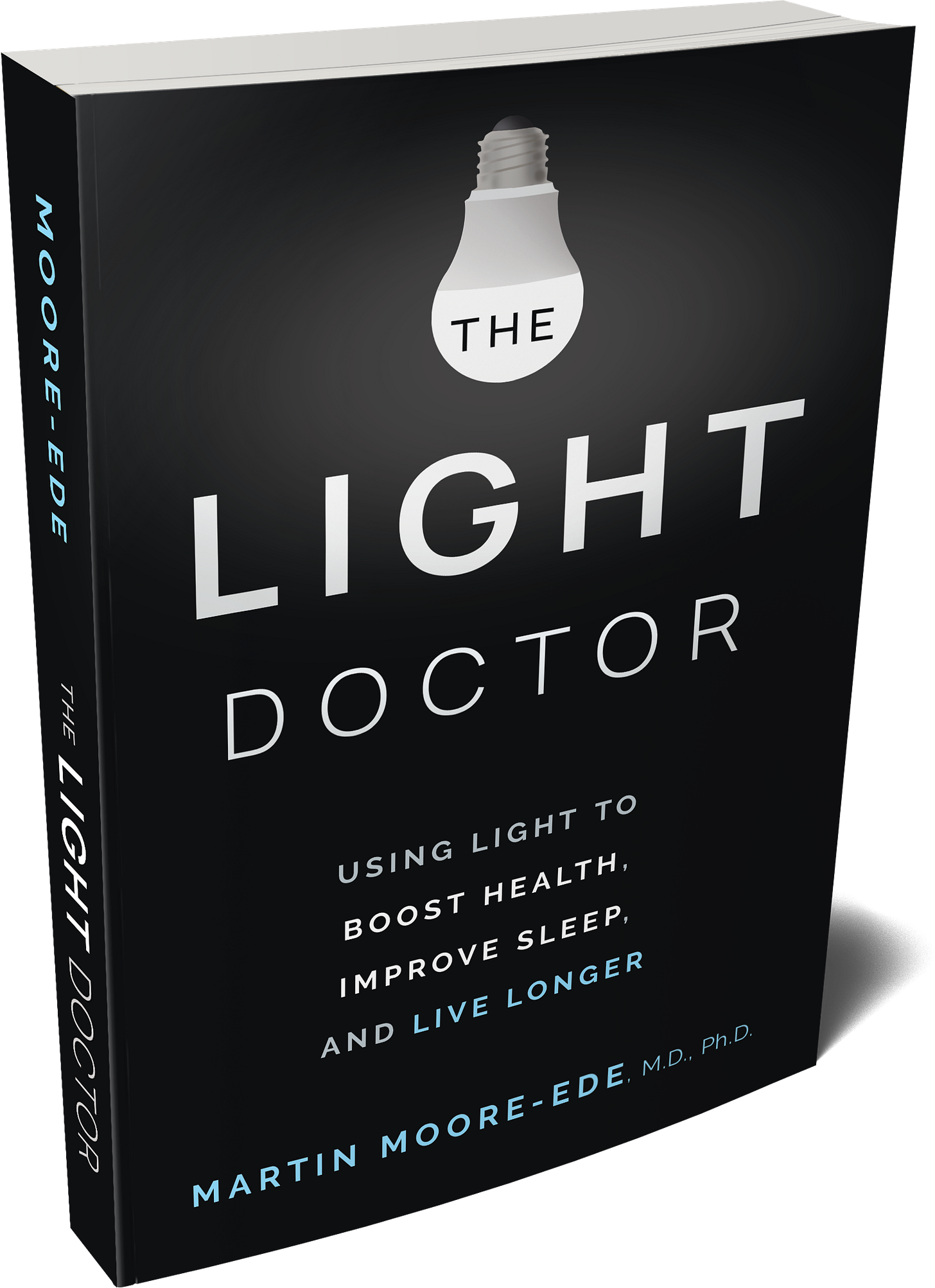Blue-pump LEDs impair human color vision
Why we were too hasty in banning incandescent light bulbs
Deep within an office building where natural daylight does not penetrate, the only light came from ceiling mounted conventional blue-pump LED lights. These lights, which dominate our world today, provided a very artificial narrow spectrum with a sharp blue peak at 450 nm, and a second peak of green and yellow wavelengths to deliver the lux of visual brightness. But there were no violet, relatively little red and certainly no near-infrared wavelengths, unlike daylight outside which delivers the full balanced spectral range from 300 to 2500 nm.
This artificially lit workplace at the University of London provided the ideal test site to determine what we are missing in our LED-lit indoor lifestyle. A team led by Professor Glen Jeffrey recently showed that the blue-pump LED lights impaired color vision. And, this deficit was corrected when incandescent lights, with their broad red and infrared spectrum, were added to the workplace lighting.
In their preprint published in Research Square1. Glen Jeffrey and Edward Barrett reported that they studied 22 people who had worked 9 am to 5 pm in the daylight-deprived workplace for more than 2 years. Half the subjects (11) were given desklamps with 60 watt incandescent lightbulbs (now banned by energy regulations), which they used for 2 weeks. Their color vision was measured before and after the introduction of the lightbulbs and then at 4 and 6 weeks after the lightbulbs were removed. The other 11 workers in the control group were not given the incandescent desk lamps but were assessed with the same color vision tests.
Both blue sensitivity (tritan) and red sensitivity (protan) were improved 25% by adding incandescent lights, and the effect lasted for 6 weeks after the lights were removed.
We were too hasty in banning incandescent light bulbs
Other studies, reported in this Substack newsletter, show the value of adding near infrared light to our visual spectrum.
In January I discussed2 a recent study which showed that adding invisible near-infrared light calms down the sympathetic fight-or-flight response and induces a state of relaxation and pleasure.
Then in March3 I reported that irradiating human skin with 670 nm red light for 15 minutes can have a substantial effect on glucose tolerance. The rise in blood glucose levels after drinking a sugar drink was reduced by 28% in people exposed to red light.
The mechanisms underlying these effects appear to involve the stimulation of energy production in the mitochondria within our cells. Mitochondria are the small intracellular batteries that use glucose and oxygen to produce chemical energy in the form of adenosine triphosphate (ATP).
All these studies indicate that the US Department of Energy (DOE) was far too hasty in banning incandescent light bulbs, which provide 88% of their energy in the infrared spectrum. Our bodies crave far more than the narrow spectrum of visible light of our current LEDs.
Another reason to support our petition to the US DOE
Even though incandescent light bulbs are banned because they cannot meet the 2023 US Department of Energy (DOE) standard of 45 lumens per watt, alternatives are available. For example, NIRA A18 and BR30 light bulbs supplement an LED chip with an incandescent filament to provide visible light plus near-infrared light up to 3000 nm. Also, PhosphorTech has a cap that converts the output of a regular LED light bulb into a spectrum that adds substantial infrared.
The challenge is that the near-infrared in the spectrum is treated as wasted watts by DOE regulations so while they can achieve 50 lumens per watt, these light bulbs cannot meet the 125 lumens per watt minimum standard that comes into effect in 2028.
This is one of the reasons why we have petitioned the US DOE to create a new product class of General Wellness Light Bulbs that would not be subject to the 125 lumens per watt minimum, For further information please visit https://circadianlight.org/campaign/
For more insights into what we have done to ourselves by moving indoors and switching on narrow-spectrum blue-rich LED lights, see my book THE LIGHT DOCTOR.
Sources
Jeffrey G. and Barrett E. (2025) LED lighting undermines visual performance https://www.researchsquare.com/article/rs-6540877/v1 Note that this is a preprint which has not yet been published in a peer-reviewed journal.
What We Lost When the Incandescent Light Bulb was Banned: Infrared Light Producing Relaxation and Pleasure
Traditional incandescent light bulbs were banned in 2023 because they did not meet the US Department of Energy (DOE) 45 lumens per watt standard for light bulbs. Only 12% of the electrical energy they consumed produced visible light, the other 88% created invisible infrared wavelengths. They have now been replaced by blue-rich LED light bulbs which prod…
Invisible Healing: Near-Infrared Light and Health
It is human nature to focus only on what we can see, and that is certainly true of the light in our world. Only 39% of natural daylight is visible to the human eye. The majority (54%) of sunlight is invisible infrared light, which we experience as warmth








